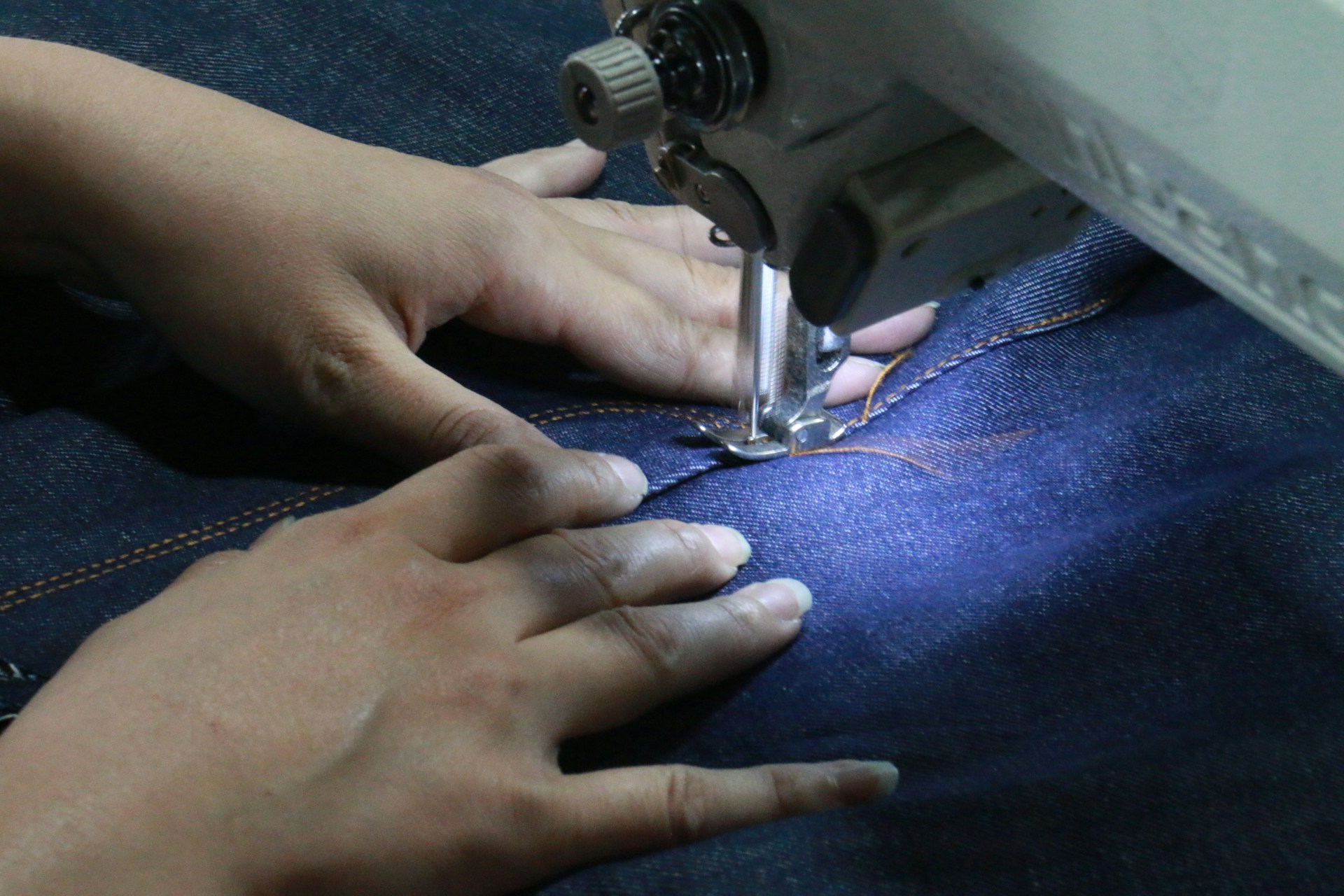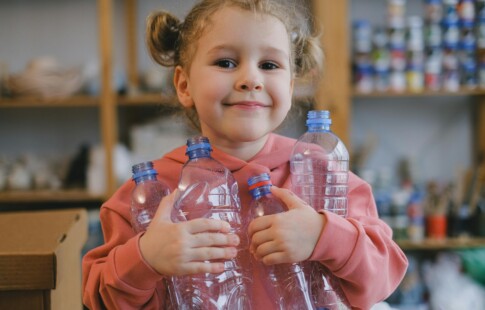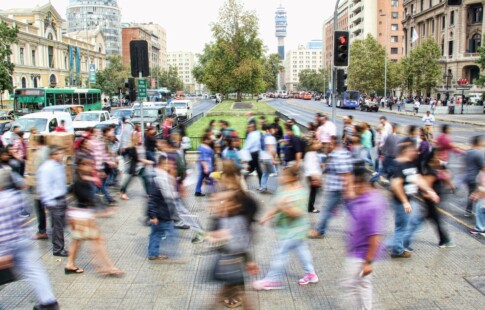
Applying the Circular Economy Definition to Your Life
We are reader-supported. When you buy through links on our site, we may earn affiliate commission.
Many people have heard the circular economy definition appear in more conversations lately, but perceive it as an abstract concept that companies should and will uphold. Although many corporate decision-makers mention the term and set related goals, people can apply the ideals in their lives by making conscious decisions.
Learn the Circular Economy Definition
The first step is to learn what people mean when they discuss the circular economy. Then, interested individuals can consider how they can uphold the concepts by living a circular lifestyle. Although the circular economy definition varies slightly depending on who uses it, it generally means keeping goods usable for as long as possible through recycling, refurbishment, repair, and similar strategies.
Companies do this by launching return programs that allow consumers to send products for repair. Alternatively, those businesses may sell spare parts and repair kits, making it easy for people to fix products at home. One French company aims to reduce the barriers consumers face while trying to repair items. It sources the required spare parts and walks people through installing them. Although this startup will initially only offer its services to consumers in several European countries, such offerings might become more popular elsewhere.
However, eco-conscious consumers can set goals to live by the circular economy definition by being more aware of certain choices they make. How should they get started?
Support Reuse and Return Programs
Growing concerns about the waste generated by disposable containers distributed at restaurants have caused some decision-makers to adopt return and reuse programs. Although several different types exist, some allow people to bring cups and food storage boxes from home. Alternatively, they get some from providers to either reuse during each visit or bring back to the provider.
People associated with businesses that have tried these approaches report that numerous challenges remain to be worked out. The lack of standardization is one of the main shortcomings mentioned. Additionally, some customers dislike having to bring containers with them on every visit because it takes them a while to adopt a new habit. However, forgetting typically has a financial downside — Consumers get charged for the cost of the reusable item.
Supporting these reuse and return programs despite the downsides can show participants that some customers want to make the circular economy definition present in their lives. That also means they’re willing to deal with the momentary issues caused by rolling out new programs.
Think Before Buying New Things to Replace Worn Items
It’s easy to fall into a pattern of purchasing items to replace those that have holes or are otherwise showing their wear. That temptation to buy could feel especially strong to people who spend lots of time on social media. Channels are full of influencers who try things, talk about how much they like them, and encourage followers to purchase them.
However, deinfluencing is an emerging trend that emphasizes sustainable living. A major part of it involves not making unnecessary purchases. However, people who adopt it go further by purchasing more expensive items if they will last longer and prioritizing ethical brands when possible.
The first thing to consider is whether the item is repairable. If not, think of potential ways to keep using it. For example, a beloved sweatshirt could become a cozy addition to a dog carrier, reminding the pooch of a familiar scent while traveling.
People don’t necessarily need to know how to sew to repair items. Many companies sell repair tape and stick-on patches that can cover holes and reinforce ripped areas.
If purchasing a replacement is the best option after in-depth consideration, people should think about what they could do to keep using the new item for as long as possible. An easy but effective approach is to read the manufacturer’s instructions or care label to get the details about cleaning, storing, or using the item.
Purchase Refurbished Items When Possible
People hoping to save significant amounts on more expensive items while upholding the circular economy definition should look for opportunities to buy refurbished items. These are products returned to like-new condition before companies resell them.
Sometimes, the original manufacturer or a qualified reseller offers refurbished goods. Those are often inspected even more stringently, which could help people feel more confident if they worry the items won’t last much longer once they own them. However, many refurbished items come with warranties for peace of mind.
Understanding all the details before purchasing a refurbished product is the best way to be an informed buyer. Reading reviews from other customers can also provide general sentiments about their experiences, helping people find worthwhile companies while sorting through various mediocre options.
Live and Love the Circular Economy Definition
These tips show how people can embrace the circular economy in their lives and encourage those they know to do the same. Forming new habits and ways of thinking takes time. Fortunately, the results can pay off for people who want to do whatever they can to be more mindful of their impacts on the environment.
FAQs
How Can I Encourage Companies to Participate in the Circular Economy?
Use a brand’s social media channels, consumer helplines or other company-operated avenues to express your desire for circular economy options, such as recycling and refurbishment. Be sure to clarify why it matters to you and that you’d be more likely to remain a loyal customer if decision-makers act on your suggestions.
What Should I Do After Finding Brands I Like That Embrace the Circular Economy?
One of the most impactful things you can do is keep buying those companies’ products and recommend that your friends do the same. Business analysts continually monitor the bottom line and pay attention to the most profitable products. However, it’s also a good idea to specifically mention the reason for your loyalty on the brand’s social channels and other publicly accessible areas. Additionally, write reviews that mention your appreciation for the brand operating in the circular economy.
How Can I Make Circular Economy Principles Easier to Uphold?
Recognize that you can’t feasibly practice the circular economy’s ideals in every aspect of life, so the next best thing is to do everything possible without causing yourself too much stress. Try playing a game by asking yourself how you could keep using items instead of discarding them. That approach may show you new ways to get additional uses from products.
Share on
Like what you read? Join other Environment.co readers!
Get the latest updates on our planet by subscribing to the Environment.co newsletter!
About the author

Steve Russell
Steve is the Managing Editor of Environment.co and regularly contributes articles related to wildlife, biodiversity, and recycling. His passions include wildlife photography and bird watching.





